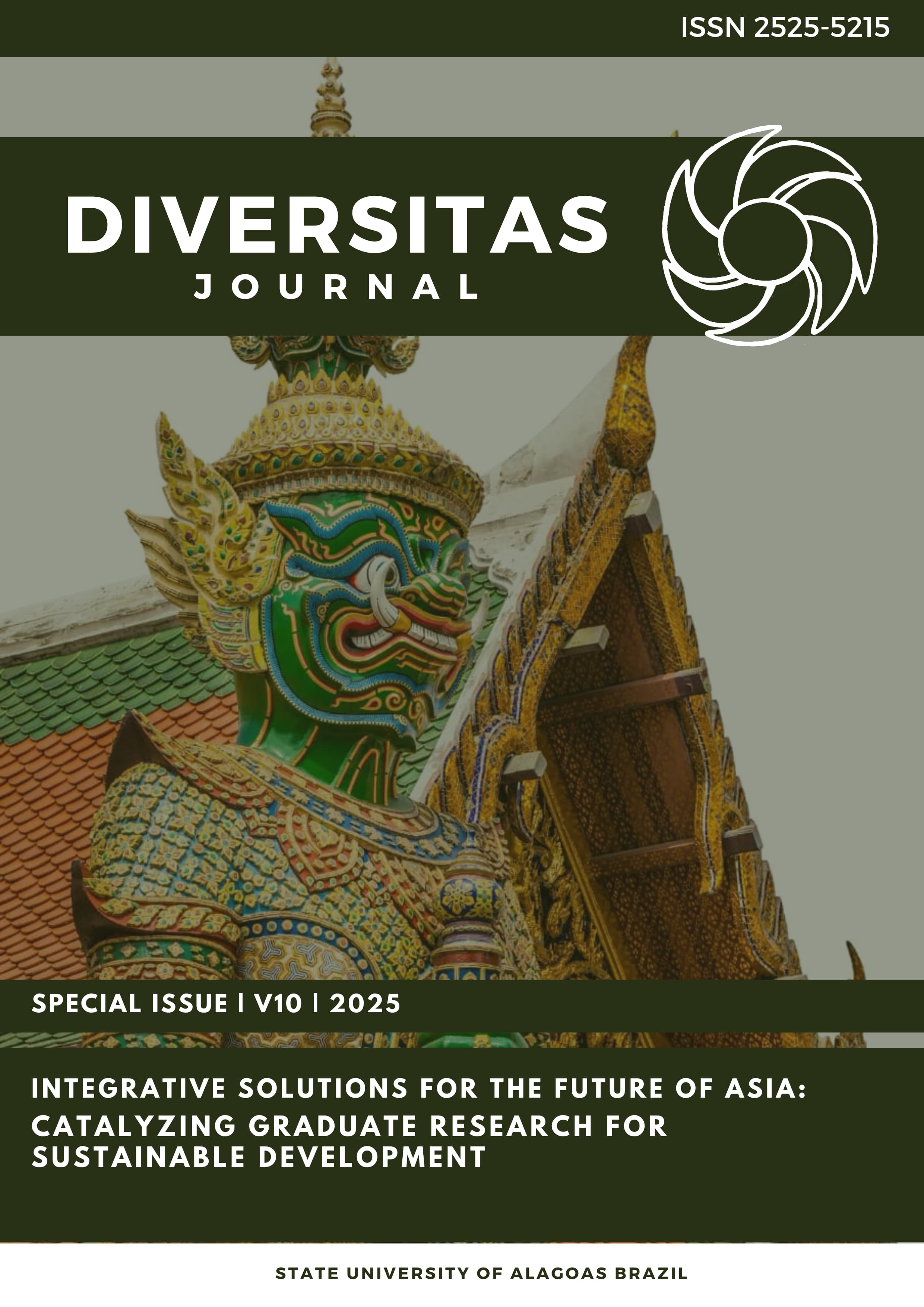Development of Work Measurement Mobile Application for Industrial Engineering Students using ADDIE Model
DOI:
https://doi.org/10.48017/dj.v10ispecial_1.3196Keywords:
Engineering education, Technology acceptance, Perceived ease of use, Perceived usefulnessAbstract
To succeed academically in Higher Education, a student pursuing Industrial Engineering must deepen their understanding of core courses. Using mobile applications in the classroom is becoming a common practice in the new normal. However, a poor internet connection may cause issues and make the students less motivated to attend class. This study aims to help students cope with the Work Measurement subject by integrating it into a mobile application. Work Measurement is a fundamental course in Industrial Engineering that sets a standard time for a task for higher productivity. The development of the educational mobile application was guided by the ADDIE model. There are 295 respondents enrolled in the Work Study subject. Data revealed the assessment of respondents in adopting the Work Measurement Mobile Application in terms of perceived usefulness has influenced the effective adoption of technology to operate the system, thus, the application is beneficial to the students since it allows them to access the instructional material whenever they want, from any location, at their convenience. The perceived ease of use in the adoption of technology is determined by how user-friendly it is with the ease of navigation which brings a pleasurable feeling to the users.
Metrics
References
Bahinting, M. A., Ardiente, M., Endona, J., Herapat, M. A., Lambo, D., Librea, H. J., ... & Minyamin, A. (2022). Stronger than the Internet Connectivity: A Phenomenology. Psychology and Education: A Multidisciplinary Journal, 2(6), 465-476. https://scimatic.org/storage/journals/11/pdfs/395.pdf
Bala, K., Sharma, S., & Kaur, G. (2015). A study on smartphone based operating system. International Journal of Computer Applications, 121(1). https://shorturl.at/bovCI
Budoya, C., Kissaka, M., & Mtebe, J. (2019). Instructional design enabled agile method using ADDIE model and feature driven development method. International Journal of Education and Development using ICT, 15(1). https://www.learntechlib.org/p/209737/
Demir, K., & Akpinar, E. (2018). The Effect of Mobile Learning Applications on Students' Academic Achievement and Attitudes toward Mobile Learning. Malaysian Online Journal of Educational Technology, 6(2), 48-59. https://files.eric.ed.gov/fulltext/EJ1174817.pdf
Gambo, J. M., Bahreman, N. T., Watties-Daniels, D., Neal, M., & Swoboda, S. M. (2017). Can mobile technology enhance learning and change educational practice?. CIN: Computers, Informatics, Nursing, 35(8), 375-380. DOI: 10.1097/CIN.0000000000000380
Hidayanto, D. R., Rahman, E. F., & Kusnendar, J. (2017, October). The application of ADDIE model in developing adventure game-based multimedia learning to improve students' understanding of basic programming. In 2017 3rd International Conference on Science in Information Technology (ICSITech) (pp. 307-312). IEEE. DOI: 10.1109/ICSITech.2017.8257130
Hwang, G. J., & Chang, H. F. (2011). A formative assessment-based mobile learning approach to improving the learning attitudes and achievements of students. Computers & Education, 56(4), 1023-1031. doi:10.1016/j.compedu.2010.12.002
Kanawaty, G. (Ed.). (1992). Introduction to work study. International Labour Organization.
Lapitan Jr, L. D., Tiangco, C. E., Sumalinog, D. A. G., Sabarillo, N. S., & Diaz, J. M. (2021). An effective blended online teaching and learning strategy during the COVID-19 pandemic. Education for Chemical Engineers, 35, 116-131. https://www.ncbi.nlm.nih.gov/pmc/articles/PMC7847201/
Peterson, C. (2003). Bringing ADDIE to life: Instructional design at its best. Journal of Educational Multimedia and Hypermedia, 12(3), 227-241. https://www.learntechlib.org/p/2074/
Ramayah, T., & Suki, N. M. (2006). Intention to use mobile PC among MBA students: implications for technology integration in the learning curriculum. UNITAR e-Journal, 2(2), 30-39.
Revythi, A., & Tselios, N. (2019). Extension of technology acceptance model by using system usability scale to assess behavioral intention to use e-learning. Education and Information technologies, 24, 2341-2355. https://link.springer.com/article/10.1007/s10639-019-09869-4
Šumak, B., & Šorgo, A. (2016). The acceptance and use of interactive whiteboards among teachers: Differences in UTAUT determinants between pre-and post-adopters. Computers in Human Behavior, 64, 602-620. https://www.sciencedirect.com/science/article/pii/S0747563216305271
Šumak, B., Heričko, M., Pušnik, M., & Polančič, G. (2011). Factors affecting acceptance and use of Moodle: An empirical study based on TAM. Informatica, 35(1) https://informatica.si/index.php/informatica/article/download/336/335
Zhai, X., & Shi, L. (2020). Understanding how the perceived usefulness of mobile technology impacts physics learning achievement: A pedagogical perspective. Journal of Science Education and Technology, 29, 743-757. https://link.springer.com/article/10.1007/s10956-020-09852-6
Downloads
Published
How to Cite
Issue
Section
License
Copyright (c) 2025 Aura Marie Novesteras, Niña Apusaga

This work is licensed under a Creative Commons Attribution 4.0 International License.
The Diversitas Journal expresses that the articles are the sole responsibility of the Authors, who are familiar with Brazilian and international legislation.
Articles are peer-reviewed and care should be taken to warn of the possible incidence of plagiarism. However, plagiarism is an indisputable action by the authors.
The violation of copyright is a crime, provided for in article 184 of the Brazilian Penal Code: “Art. 184 Violating copyright and related rights: Penalty - detention, from 3 (three) months to 1 (one) year, or fine. § 1 If the violation consists of total or partial reproduction, for the purpose of direct or indirect profit, by any means or process, of intellectual work, interpretation, performance or phonogram, without the express authorization of the author, the performer, the producer , as the case may be, or whoever represents them: Penalty - imprisonment, from 2 (two) to 4 (four) years, and a fine. ”















.png)




